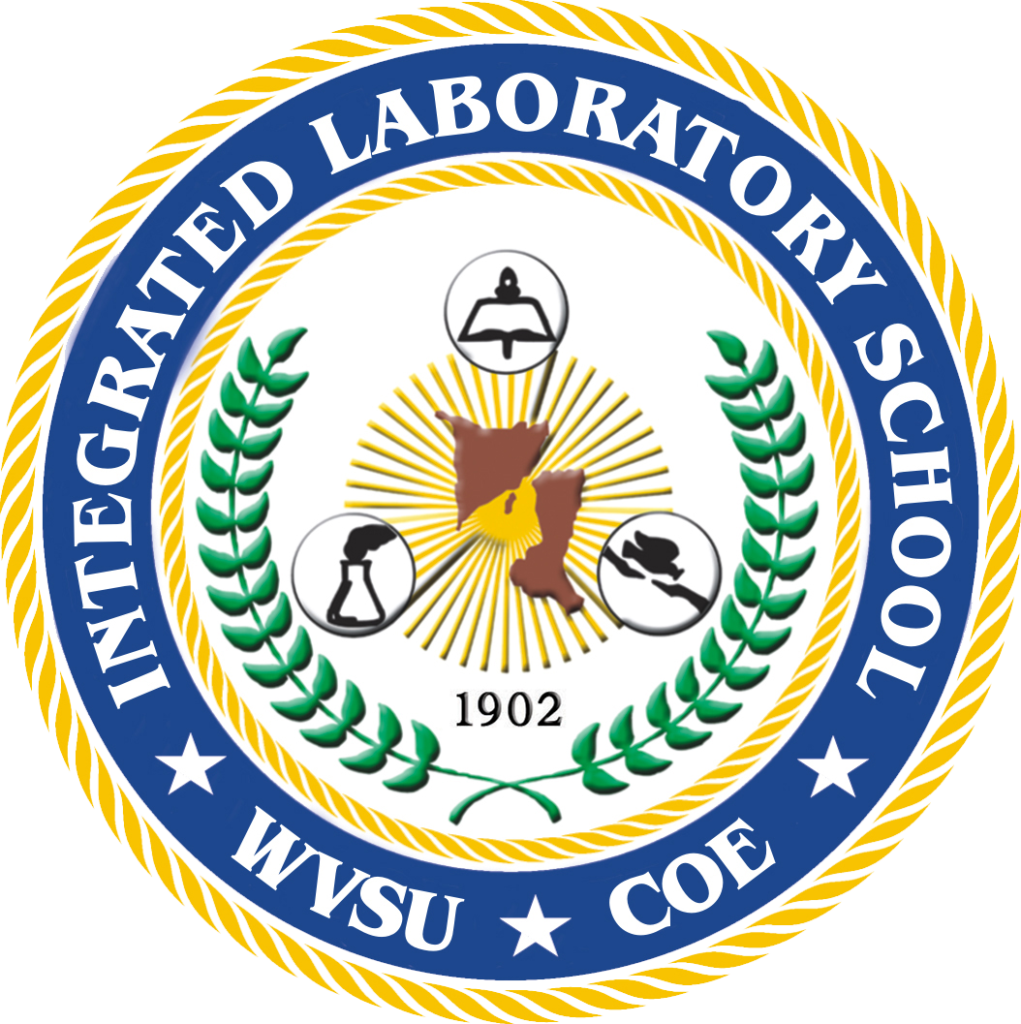- (063) (033) 320-0870 to 77
- [email protected]

INTEGRATED LABORATORY SCHOOL
The West Visayas State University, or WVSU, located in Iloilo City, Republic of the Philippines, is a public, non – sectarian, non – profit institution, established for the development of the nation, in general and the Western Visayas region, in particular. The West Visayas State University is generally acknowledged as a leading educational institution not only in Region VI but in the whole country as well.
STORY ABOUT US
In 1924, the Elementary Department was established and housed in the Gabaldon Building which was built and completed in the same year. World War II disrupted classes at the Iloilo Normal School (now WVSU) but in 1945, classes were resumed. In 1956, the Pre – School (Kindergarten) Class was opened. The Iloilo Normal School was converted to the West Visayas State College in 1966.
In 1969, the West Visayas State College (WVSC) opened its new department – the High School Department which served as training ground for college students pursuing their Bachelor’s degree in Secondary Education (BSE) as well as for students in Liberal Arts who wished to pursue a career in teaching. Department Order No. 20 s. 1973 legalized the operation of the High School department of the School of Education, now, the College of Education. In so doing, this institution set its students for future profession by utilizing the High School department as a practice field for the Education students who are to be molded for the teaching career.
In 1974, the Non – graded classes were introduced in the elementary level. In 1975, a Memorandum of Agreement between WVSC and the Southeast Asian Development Center (SEAFDEC) in Tigbauan, Iloilo was signed, thus, paving the way for the opening of a laboratory school (Elementary level) for the children of SEAFDEC research scientists and staff.
The conversion of the WVSC into a university in 1986 was followed by the conversion of the School of Education into the highly esteemed College of Education. Consequently, the Elementary department became the Elementary Laboratory School (ELS) and the High School department became the Secondary Laboratory School (SLS).
Curricular reforms were introduced to further hone the skills of high school students by the introduction of additional courses on top of the regular required subjects. Consumer’s Math, Earth Science, Journalism, and Population Education were added to the secondary curriculum during the administration of Mrs. Nimia SL Lopez, until the end of the term of Prof. Haidee B. Lañada in 1992. More Math and Science subjects were further added for each year level during the term of Dr. Lagrimas L. Briones in 1992 until the term of Dr. Noeni S. Nepomuceno in 2000.
The Integrated Laboratory School (ILS) came about in 1999 with Dr. Tessie L. Barcenal as ILS Director in 2000. This included the WVSU Early Childhood and Special Education Laboratory School (ECSELS) with Prof. O. B. Dañocup as head. Prof. Corazon D. Geroche was Principal of the Elementary Laboratory School (ELS) while the Secondary Laboratory School (SLS) had Dr. Lagrimas L. Briones as Principal.
The Secondary Laboratory School’s peculiar nature as a Laboratory school has made high school life more distinct when compared to other city schools. Then and now, students are taught most of the time by student teachers who are learning the rudiments of teaching themselves. Studying under these teachers’ varied pedagogical approaches has made high school life rich and challenging.
In 2004, the whole High School community was relocated from its original building to the Tomas V. Confessor Hall (ANP) and the Quintin Salas Hall (TPF). The ANP is a structure composed of two classrooms and a third room, the Audio – Visual Room, while the Twin Pre – Fab (TPF) is a building with eight rooms that also housed several elementary classes. Then and now, ILS students are privileged to use audio – visual equipment that have been acquired through the Parent Teachers Association (PTA). To respond to the challenges and demands of modern technology, computer education was introduced in the secondary curriculum in 2004.
The Division of Elementary Teacher Training (DETT) and Secondary Teacher Training (DSTT) were created during the term of ILS Director, Dr. Elvira L. Arellano in 2004. These divisions take charge of elementary and secondary student teaching programs respectively. This set – up remained until the terms of Prof. Ignacio S. Tibajares Jr., in 2006 and Prof. Ma. Luisa S. Jucaban in 2007.
In 2010, the Normative Funding Scheme under the DBM-CHED Joint Circular No.2
S 2004 was put into effect. The NF Scheme stated that elementary and high school
levels will count toward general institutional support subject to two conditions: (a) they
must be lab schools attached to tertiary Education programs and (b) a maximum of
500 students will be used in the formula.
To jump start the application of the NF scheme, Kindergarten level was reduced
to one section as well as Grade VII in school year 2010 – 2011. In consequence, only Grade VI ILS pupils who qualified for a slot were admitted to Grade VII. The ultimate goal is to have only 500 students in the ILS.
The past years stand witness to the consistent exemplary performance of the ILS
community, bringing honor and distinction that bear the banner aloft…an assurance
that the ILS will continue to uphold the legacy of the culture of excellence that was built
through the years.
More details will come. Thank you for your patience